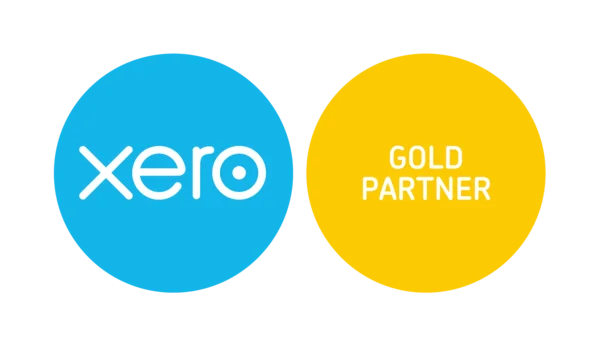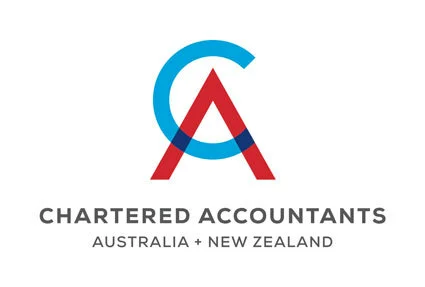What Super Stapling means for Employers

If there’s one certainty in business these days, it’s constant change. Now there’s an extra step you need to take with new employees to comply with the superannuation choice of fund rules.
From 1 November 2021, whenever a new employee starts with your business and they don’t select a super fund for their Super Guarantee (SG) contributions, you will need to ask the ATO for their stapled super fund details.
New fund choice rules
Under the new rules covering choice of super fund, every employee is now stapled (or linked) to an existing super account that follows them for life as they change jobs unless they choose otherwise.
This reform to the super rules was introduced by the Federal Government to reduce duplicate account fees and insurance premiums paid by employees on their super. Up until now, many employees ended up with a new super account each time they started a new job, often losing track of multiple accounts and unnecessary fees along the way.
A stapled fund can be any type of eligible super fund, including SMSFs and defined benefit super funds.
The new stapling rules do not affect your existing employees, so in most situations you will only need stapled fund details if a new employee fails to give you a choice of fund form.
You must, however, request the stapled super fund details for any new employee who is a temporary resident or who is covered by an enterprise bargaining agreement or workplace determination made before 1 January 2021.
If the employee doesn’t have a stapled fund, you can make your SG contributions into your employer default MySuper product (unless they are subject to an enterprise bargaining agreement or modern award stipulating a prescribed super fund).
What to do from 1 November 2021
To ensure you’re ready to request stapled fund details, check you have enabled online services with the ATO and your authorised representative has all the necessary permissions in place.
When you onboard a new employee on or after 1 November 2021, the first step of offering your employee an ATO Superannuation Standard Choice Form within 28 days remains the same. If they fail to choose a super fund, you will then need to check with the ATO whether or not your employee has a stapled super fund.
Before you can make a stapling request, however, you need to have lodged either a Single Touch Payroll (STP) event or a tax file number (TFN) declaration for your new employee with the ATO.
If your new employee has a stapled fund, you simply pay your SG contributions into that fund. Employees always retain the right to change super funds if they wish and their new super fund then becomes their stapled fund.
More than one super fund
If your employee has more than one super fund, they are automatically stapled to the fund that most recently received a super contribution on their behalf. Where there is more than one active super fund, the most appropriate fund (such as the one with the largest balance), will be selected by the ATO.
The new stapled fund rules don’t mean your business can avoid nominating a default super fund to receive your SG contributions.
If your new employee doesn’t have a stapled fund, you will need to make your contributions into this fund.
The reforms mean it’s also a good idea to check whether the superannuation clauses in your employment contracts for new employees cover the possibility of super contributions being made into an employee’s stapled fund.
As an employer, if you fail to meet your obligations under the choice of fund rules – such as checking for a stapled fund – additional penalties may apply on top of the normal SG Charge (SGC) penalties.
If you would like more information on stapling, or the rules about making contributions for your employees’ super in general, please contact our office today.







